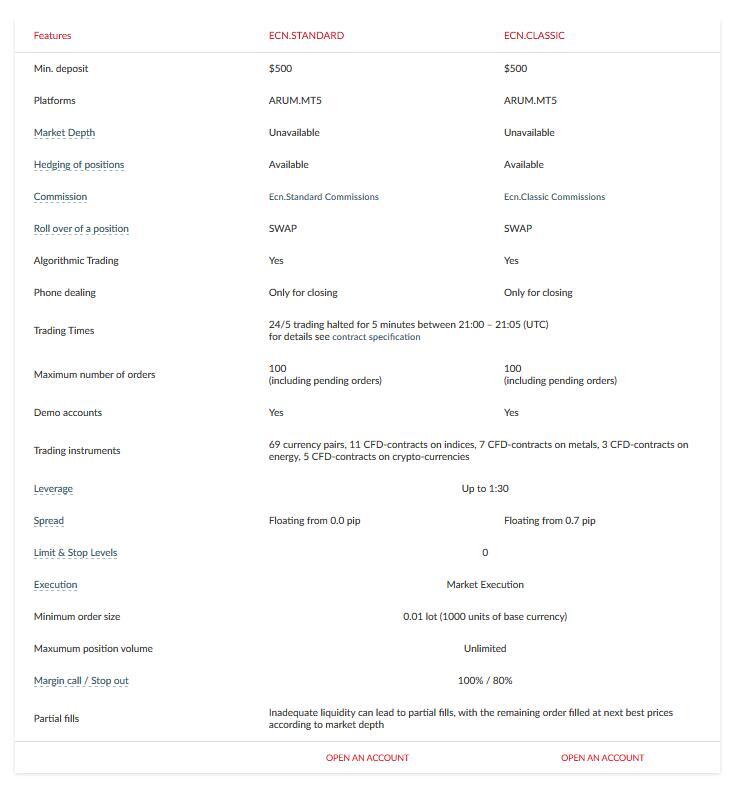
In principle, the working capital turnover (or net working capital turnover) measures how much money a company required to run the business compared to its ability to generate revenues from operations. As stated earlier, the Net Working Capital is the difference between the current assets and current liabilities of your business. Any change in the Net Working Capital refers to the difference between the Net Working Capital of two executive accounting periods. In other words, you have the raw material required to manufacture goods without any delays.
- Use the calculator to calculate the number of board feet in a piece of wood or lumber.
- The articles and research support materials available on this site are educational and are not intended to be investment or tax advice.
- Further, excessive investment in your current assets may diminish your business profitability.
- Traditionally, companies do not access credit lines for more cash on hand than necessary as doing so would incur unnecessary interest costs.
- Our connected global construction platform unites all stakeholders on a project with unlimited access to support and a business model designed for the construction industry.
- He currently researches and teaches economic sociology and the social studies of finance at the Hebrew University in Jerusalem.
Thus, calculating working capital allows a contractor to determine whether they have access to sufficient cash to pay bills in the near term. The formula only looks at “current” assets and https://online-accounting.net/ liabilities because these are short-term measures. Working capital, also called Net Working Capital (NWC), is the difference between a company’s current assets and current liabilities.
Working Capital Ratio: What Is Considered a Good Ratio?
Furthermore, you collect accounts receivable on time and pay accounts payable when due. Your business must have an adequate amount of working capital to survive and perform its day-to-day operations. Many industries have a higher percentage of current assets relative to the total assets on their balance sheet.
These include short lifespan and swift transformation into other forms of assets. An increasingly higher ratio above two is not necessarily considered to be better. A substantially higher ratio can indicate that a company is not doing a good job profit and loss questions of employing its assets to generate the maximum possible revenue. A disproportionately high working capital ratio is reflected in an unfavorable return on assets ratio (ROA), one of the primary profitability ratios used to evaluate companies.
Change in Net Working Capital Formula (NWC)
If a construction business is an engine, working capital is the fuel that keeps the engine running. Monitoring working capital helps contractors evaluate liquidity, operational efficiency, and the short-term financial health of the business. The information provided by the working capital turnover ratio is important in the overall process of working capital management operations. Money in the bank account will serve as an immediate source of funds to pay for any short-term financial obligations or business operational expenses.

To calculate an accurate turnover ratio, time periods for both revenue and net working capital (NWC) should be consistent. NWC is calculated by averaging the working capital balances at the beginning and end of the period. Potential creditors want to see healthy working capital, because a contractor can theoretically sell short-term assets to cover loan payments or bond claims even if they are low on cash. Healthy cash flow is arguably more important for daily operations — after all, subcontractors and vendors don’t accept non-cash assets as payment.
Working Capital Turnover Ratio: Meaning, Formula, and Example
If a contractor has fixed assets — heavy equipment, property, etc. — that are sitting idle for long periods of time, they may opt to sell them to generate working capital. This is another example that illustrates the difference between working capital and cash flow. Financing expenses can greatly improve a contractor’s cash flow on a project level, even as their working capital remains unchanged. Working capital and NWC turnover are also important metrics for general contractors in public or commercial construction when bonds are required.
Fitch Affirms Migros Ticaret at ‘AAA(tur)’; Outlook Stable – Fitch Ratings
Fitch Affirms Migros Ticaret at ‘AAA(tur)’; Outlook Stable.
Posted: Tue, 18 Apr 2023 07:00:00 GMT [source]
Such a continuous flow of funds ensures you purchase raw material and produce goods uninterruptedly. The sales of a company over the course of the three-year historical period were provided as assumptions, i.e. $100 million, $125 million and $150 million. Thus, there is a mismatch between the time period covered in the numerator and denominator. Upgrading to a paid membership gives you access to our extensive collection of plug-and-play Templates designed to power your performance—as well as CFI’s full course catalog and accredited Certification Programs. Suppose a business had $200,000 in gross sales in the past year, with $10,000 in returns. Adam Hayes, Ph.D., CFA, is a financial writer with 15+ years Wall Street experience as a derivatives trader.
Change in Net Working Capital Calculation Example (NWC)
However, an extremely high ratio might indicate that a business does not have enough capital to support its sales growth. Therefore, the company could become insolvent in the near future unless it raises additional capital to support that growth. For instance, if NWC is negative due to the efficient collection of receivables from customers that paid on credit, quick inventory turnover, or the delay of supplier/vendor payments, that could be a positive sign. The Change in Net Working Capital (NWC) section of the cash flow statement tracks the net change in operating assets and operating liabilities across a specified period. If you want to learn other indicators relevant to the evaluation of the financial condition of a company, check our debt to asset ratio calculator or operating cash flow calculator. The following article will help you understand what working capital turnover ratio is and how to calculate it using the working capital turnover formula.
Net Working Capital Up 11%: Working Capital Scorecard – CFO.com
Net Working Capital Up 11%: Working Capital Scorecard.
Posted: Wed, 21 Jun 2023 07:00:00 GMT [source]
In an earlier example, we saw how loans or other financing doesn’t directly increase working capital, because the increase in short-term assets is offset by an increase in short-term liabilities. However, financing project costs like material purchases can enable contractors to take on more projects – or bigger jobs – than they would have been able to afford. As an added bonus, some suppliers may offer discounts for upfront payments.
What is Change in Net Working Capital?
The NWC turnover ratio can be interpreted as the dollar amount of sales created for each dollar of working capital owned. The NWC turnover metric can be a useful tool for evaluating how efficiently a company is utilizing its working capital to produce more revenue. Get instant access to video lessons taught by experienced investment bankers. Learn financial statement modeling, DCF, M&A, LBO, Comps and Excel shortcuts.
We strive to empower readers with the most factual and reliable climate finance information possible to help them make informed decisions. Our goal is to deliver the most understandable and comprehensive explanations of climate and finance topics. We follow ethical journalism practices, which includes presenting unbiased information and citing reliable, attributed resources.
Below is a short video explaining how the operating activities of a business impact the working capital accounts, which are then used to determine a company’s NWC. However, unless the company’s NWC has changed drastically over time, the difference between using the average NWC value compared to the ending balance value is rarely significant. If keeping track of all these variables sounds complicated to you, don’t worry, just put all the numbers into our working capital turnover ratio calculator to get your answer. Before we dive into understanding the metric, let’s talk about what working capital is.

